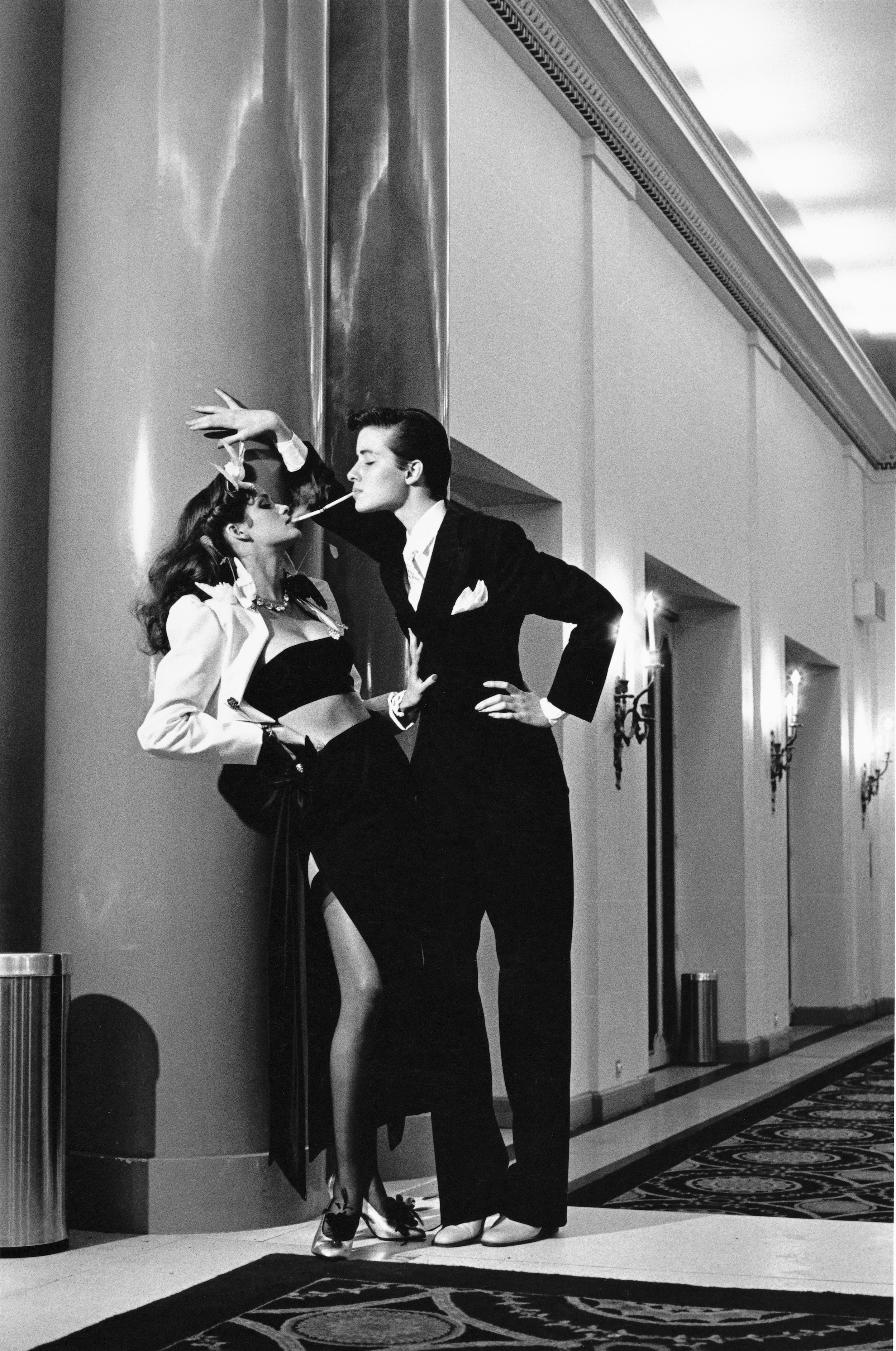Portrait of the artist as a young man: Helmut Newton at the Jewish Museum of Australia
/There is the saying that shoes maketh the man, and walking around the exhibition ‘Helmut Newton: In Focus’ it quickly becomes apparent that, while Newton’s photographic gaze is insistently heterosexual and male, the shoes worn by his subjects are more often than not female, though not necessarily downtrodden. These shoes are frequently stilettoed, sometimes strapped or buckled, and in one case sprouting a bouquet of feathers. They are, of course, the platforms for an army of Amazonian beauties as they act out a variety of power plays – standing, crouched or arrayed on beds – their heels often weaponised and ‘pointed’ at their masters or slaves, signifiers of submission or sexual domination depending on your point of view.
But there was one particular shoe I kept coming back to in the show. This was almost shockingly disembodied and, like most of Newton’s photographs, shot in black-and-white. The focus was not just on the alarming curves of the Walter Steiger pump in question, photographed in Monte Carlo in 1983, and caught from behind so you could read the size imprinted on its pale leather soul (39), but also on the fleshy bulge of the wearer’s ankle, and the way the shoe’s pointy collar dug into the black stocking, suggesting a violent rupture or tear.
For me, the shoe sums up the uncomfortable allure of the German-Australian photographer (1920–2004), the son of a Jewish button manufacturer in Berlin, who escaped Nazi persecution during the war to find refuge, first in the rag trade or schmatte businesses of Melbourne’s Flinders Lane during the 1940s and 1950s, and, later, within the smoke and mirrors of high-end fashion photography, from Vogue to Vanity Fair. Here, elegance is mixed with cruelty and steeped in sexuality while extracting outrage in an unexpected way: surely Newton would have known the offence given to women who had struggled to buy stockings during the war? As an image, however, it is unquestionably riveting.
But the shoe does not stand alone, and what makes ‘Helmut Newton: In Focus’ so compelling is the surprising context it gives to an artistic oeuvre so seemingly preconceived. Here the curatorial choices are telling: no impeccable white-cube spaces or imposing wall texts. Instead, what we get is something grittier, more disorienting and claustrophobic: dark grey walls lit by elliptical neon sculptures and even lumps of cement on the floor, as well as soundscapes from the 1920s/30s and 1970s/80s (the artist’s seminal decades, first personally then professionally). The hang is cluttered and, while loosely chronological, confusing at first in the way it mixes documentation and ephemera with new large-scale and vintage prints from lenders such as the Helmut Newton Foundation and State Library of New South Wales.
What we also get, in a raw unpolished sense, is a measure of the man himself. In ways made clear by the show, Melbourne made him an artist, as did his Jewishness, but also his secular self as he forged what would be lifelong collaborations with Condé Nast, and with his personal and creative partner – the Melbourne actress June Brunell who would become Alice Springs (1923–2021). It was in this city and in this community that Helmut Neustädter became Helmut Newton, while still shooting shoe catalogues for Myer, yet it was his chutzpah and cosmopolitanism, and a cool exacting eye inherited from pre-war Berlin, that took him to the world and held our attention so audaciously.
Michael Fitzgerald, Melbourne
Curated by Eleni Papavasileiou (with Cathy Pryor), and designed by Anna Tregloan, ‘Helmut Newton: In Focus’ is currently on display at the Jewish Museum of Australia, Melbourne, until 29 January 2023.






















